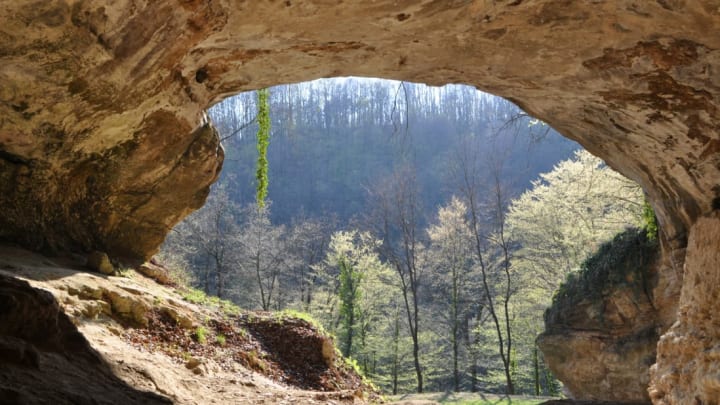Scientists Extract Neanderthal DNA From Cave Dirt

Researchers have developed a new DNA sequencing technique that allows them to identify a site’s prehistoric inhabitants, even in the absence of fossils or bones. The team reported their results in the journal Science.
The Ice Age was a turbulent time. Archaeologists would love to know more about how and where proto-humans like Neanderthals and Denisovans lived back then, but the two groups left very little of themselves behind. Today, their remains are scarce.
For a long time, the absence of bones or other fossil evidence meant the absence of information. But research technology is getting more versatile, more expansive, and more incisive every day. Thanks to high-powered telescopes, microscopes, and advanced medical imaging, we can see things now that we never could before. And the same holds true for DNA sequencing technology.
Our DNA is not concentrated in our blood or our bones. It’s all over us. And we’re constantly shedding it, in the form of hair, skin cells, urine, and feces, just as prehistoric peoples did thousands of years ago.
Evolutionary geneticist Viviane Slon of the Max Planck Institute (MPI) and her colleagues wondered if technology had advanced enough to spot fragments of long-ago-shed DNA. They collected soil and sediment samples from 85 different sites in Europe and Russia, all of which were known Neanderthal or Denisovan hangouts. They then combed through these samples, looking for any trace of mammalian mitochondrial DNA, Neanderthal, DNA, or otherwise.
Becky Miller sampling sediment for genetic analyses at the archaeological site of Trou Al’Wesse, Belgium. Image Credit: Monika V. Knul
What they found overwhelmed them. “It’s on the order of trillions of DNA fragments in a sample the size of a teaspoon,” co-author Matthias Meyer of MPI told Science reporter Lizzie Wade in a separate article. Most of those fragments were non-human. They belonged to woolly mammoths, woolly rhinos, spotted hyenas, and a whole host of other Ice Age animals.
But there were signs of ancient hominin life, too. Samples from four caves turned up Neanderthal DNA. Denisovans had left their genetic mark in another. Teeny-tiny pieces of their loose genetic material—teeny-tiny traces of their lives—had hung on, resting in the dirt, for all these years.
Chris Stringer is an anthropologist at the Natural History Museum in London. He was not part of the research team, but told Science that their findings represent “a great breakthrough. Anyone who’s digging cave sites from the Pleistocene now should put [screening sediments for human DNA] on their list of things that they must do.”
Primary image credit: MPI f. Evolutionary Anthropology/ J. Krause